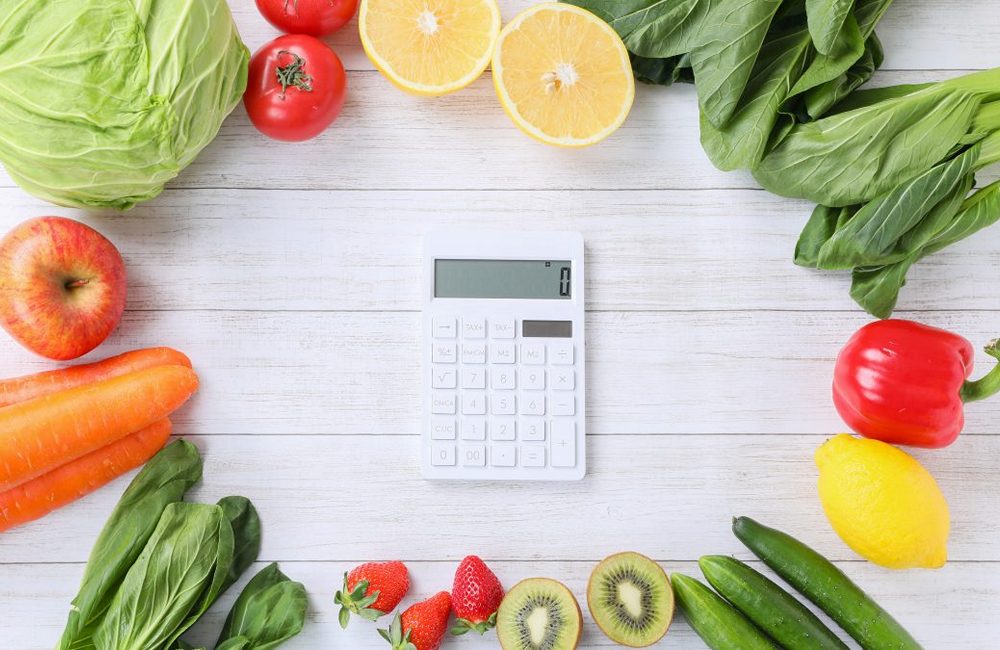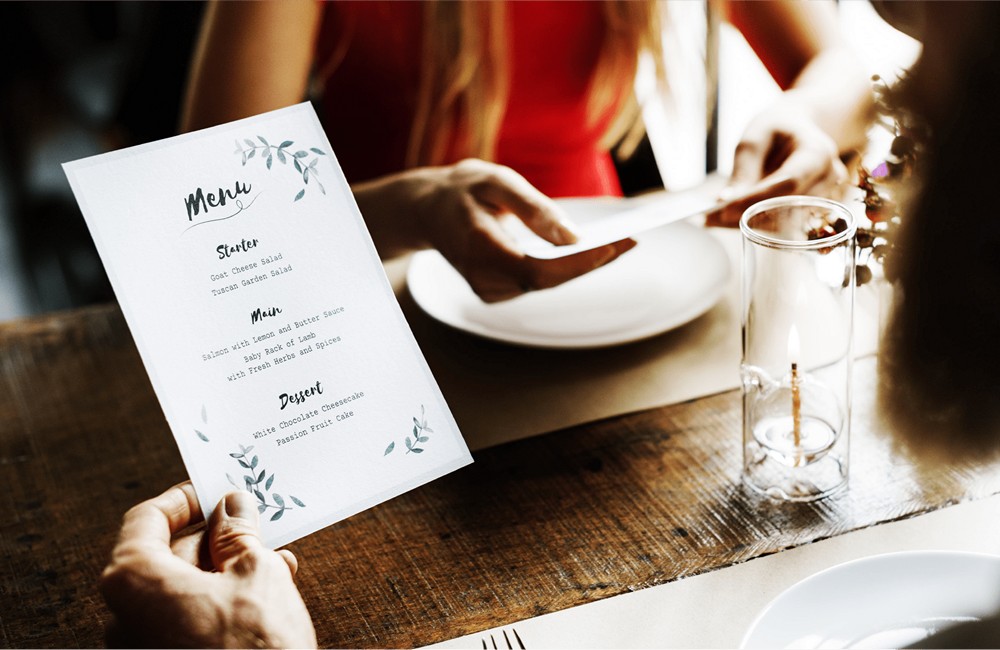Menu costing is one of the most important aspects of running a restaurant. Get it right, and your restaurant will remain profitable. Get it wrong, and you could find yourself bankrupt in a few months.
With food prices in flux and inflation still looming in 2023, it’s more important than ever for restaurant owners to adjust their menu prices. But where do you start? Let’s look at how to cost and price your menu items in the coming year.
How To Figure Food Cost for a Recipe
The first step to pricing a menu item is calculating the food cost for the recipe. Determining your food costs for menu items will help you set your pricing accordingly.

Here's a simple way to calculate the food costs for a recipe:
- Start by creating a list of all of the ingredients used in the recipe and how many grams are needed for each one.
- Check the total cost of each ingredient.
- Divide the total cost by the grams of each ingredient.
For example, let's say that you purchased a 10-pound bag of rice for $10 ($1 per pound), and your menu item calls for 150 grams of rice.
There are 453 grams in a pound. So, if the recipe calls for 150 grams of rice, here’s how you would calculate costs for this ingredient:
- ($1 (cost per pound) / 453 (number of grams in a pound)) * 150 (grams needed for the recipe)
In this example, you would be spending $0.33 on rice for the menu item.
Follow these steps to calculate the cost of each ingredient on your list, and this will give you the total cost of your food items for the dish.
Along with individual ingredient costs, it’s important to determine your food cost percentage.
Not sure how to calculate the food cost percentage? Use this calculating food cost formula:
- Food Cost Percentage = (Cost of Goods Sold / Revenue) x 100
Here’s how to calculate the cost of goods sold:
- Cost of Goods Sold = [(Starting Inventory Value) + (Inventory Purchase Value)] – (Ending Inventory Value)
As a general rule of thumb, your food cost percentage should be between 25% and 40% to ensure profitability.
How to Deal with Food Price Fluctuations
You can price your menu for profitability today, but prices can change overnight. Food prices are always in flux, and that can make menu costing even more challenging. Overhead costs may also change from month to month, depending on the state of the economy.

For these reasons, it can be difficult to answer the question: how much does food cost per month?
Prior to the pandemic, food prices had been steadily declining. In 2023, we’re looking at an entirely different picture.
According to the Economic Research Service of the USDA, food prices are expected to rise between 3.5% and 4.5% in 2023.
If you want your restaurant to remain profitable in the coming year, it's important to adjust your prices accordingly and prepare for higher food costs. Keeping your food costs in that 28% range will allow for a 7% increase in prices.
Padding your menu prices will help maintain profitability, even if the cost of some ingredients rises.
Tracking cost changes can also help ensure that your menu prices aren’t too low or too high. Cost tracking is a simple process:
- Create a spreadsheet with all of the key ingredients you purchase
- Track the pricing history of each ingredient
Tracking pricing will make it easier to see when costs spike and help you understand the average cost of food per month for your restaurant.
If food prices are volatile, like they are predicted to be in 2023, it may not make sense to change your menu prices weekly. Instead, it may be more practical to either remove menu items temporarily or permanently if they aren’t performing well.
Another option is to work with a supplier who can guarantee or lock-in prices for a certain period of time.
Food cost fluctuation is something that restaurant owners have to deal with and keep on top of if they want their business to remain profitable.
How To Calculate the Selling Price of a Dish
You know how to calculate the food costs for a dish and how to deal with price fluctuations. But you may not know how to find the selling price for a menu item.
Food costs are just one consideration when setting the prices of dishes. Remember that you also have to consider:
- Server costs
- Cook costs
- Utility costs
- Other overhead
Let’s say that it costs $3 to create a dish on your menu, and you set the price at $12. Food costs account for roughly 28% of the price, and the remainder would be used to cover your overhead for making the dish.
It’s essential to learn how to calculate the sale price for your menu items. Restaurant food cost is just one piece of the puzzle. Your menu prices must also include the cost of overhead and other costs of running your restaurant.
Boosting Profitability Without Changing Your Menu
What if you price your menu items properly, but your margins are still shrinking? Many restaurants may face this problem in 2023, as food prices and overhead costs may be unpredictable.

Many restaurants are short-staffed as-is, so cutting staff may not be an option. What can you do to stay in business?
Here are some ways to maintain or even boost profitability without changing your menu:
- Consider ingredient substitutions. Substituting ingredients can help you cut back on costs, but make sure that you do this carefully. You may find a similar brand or item that will reduce the cost of the dish without impacting the quality or taste.
- Reduce your portion sizes. Are most of your guests taking home large portions of their meals home? If so, your portions may be bigger than necessary. Reducing portions will help stretch your ingredients and save on costs.
- Train your staff to recommend menu items with higher profit margins.
- Increase prices gradually over time. A small increase in costs won’t deter guests, but a big one may turn even your most loyal customers away.
Final Thoughts
Menu costing is challenging for every restaurant owner, but it’s an important part of running a business. Understanding your food costs, accounting for fluctuating costs and pricing accordingly can help you maintain a profitable restaurant that guests will return to time and time again.


